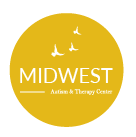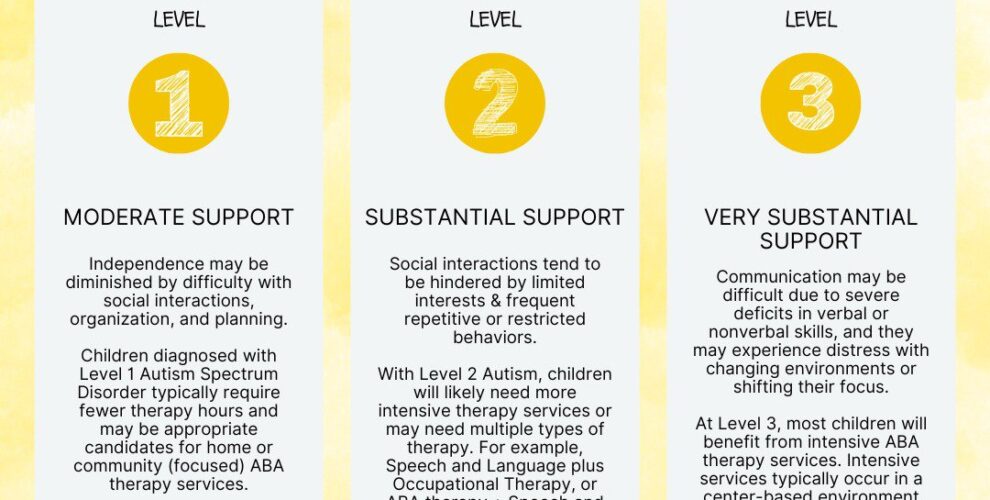Autism Spectrum Disorder (ASD) is a developmental disability that causes challenges in childhood development, behavior, communication, and social skills. Data from the National Institute of Mental Health shows 1 in 36 children are on the Autism Spectrum. And, while there is no clear-cut cause of Autism, there is evidence supporting the idea that genetics play a major role.
The American Academy of Pediatrics recommends all children receive screening for Autism at their 18- and 24-month well-child checkups. Most children show early signs of developmental delays around this age, which are often picked up on by parents or pediatricians.
If evidence of a developmental delay requires additional testing, a pediatrician will make a referral for diagnostic testing. This process is lengthy and includes family interviews as well as direct observation of the child by a psychologist, psychiatrist or developmental pediatrician.
A diagnosis of Autism Spectrum Disorder is accompanied by levels based on the severity of symptoms.

Level 1: Requiring Support
Level 1 identifies children who need the least amount of therapeutic support. There may be some challenges with social interactions, or transitioning from one activity to the next. Common traits among this group include social anxiety and “masking” when they feel the need to fit into a neurotypical group.
Level 2: Requiring Substantial Support
Level 2 is marked by more severe challenges and requires greater amounts of care and support. Often verbal and nonverbal communication can affected. Stimming is more pronounced with Level 2 Autism, and frustration with transitions and overstimulation are common, requiring families to have a care plan in place to help mediate stress, physical discomfort, and unsafe behaviors that can occur as a result of frustration.
Level 3: Requiring Very Substantial Support
Level 3 is considered the highest level on the Autism Spectrum. Children diagnosed in Level 3 often have the greatest challenges day-to-day and need the most support. Level 3 typically describes those with severe communication challenges (very limited verbal or nonverbal communication), extreme difficulty in navigating changes throughout the day (in schedule or routine), and heavily restricted or repetitive behaviors that can interfere with daily tasks (stimming). Often those with a Level 3 diagnosis will require intensive therapeutic services (35-40 hours per week) and may need multiple areas of support (i.e. Applied Behavior Analysis (ABA Therapy), Speech and Language Therapy (SLP), Occupational Therapy (OT), etc.)
Finding the Right Services
For any level of ASD, finding the right services for your child is key. ABA therapy can be a great option for children on the Spectrum no matter what their strengths or challenges are. Clinicians at Midwest create personalized treatment plans, also called individualized treatment plans or ITPs, to meet your child where they are and set goals for growth in key developmental areas. If you’d like more information regarding our services or to enroll give us a call at (515) 513-9649 or submit our simple online enrollment request.


